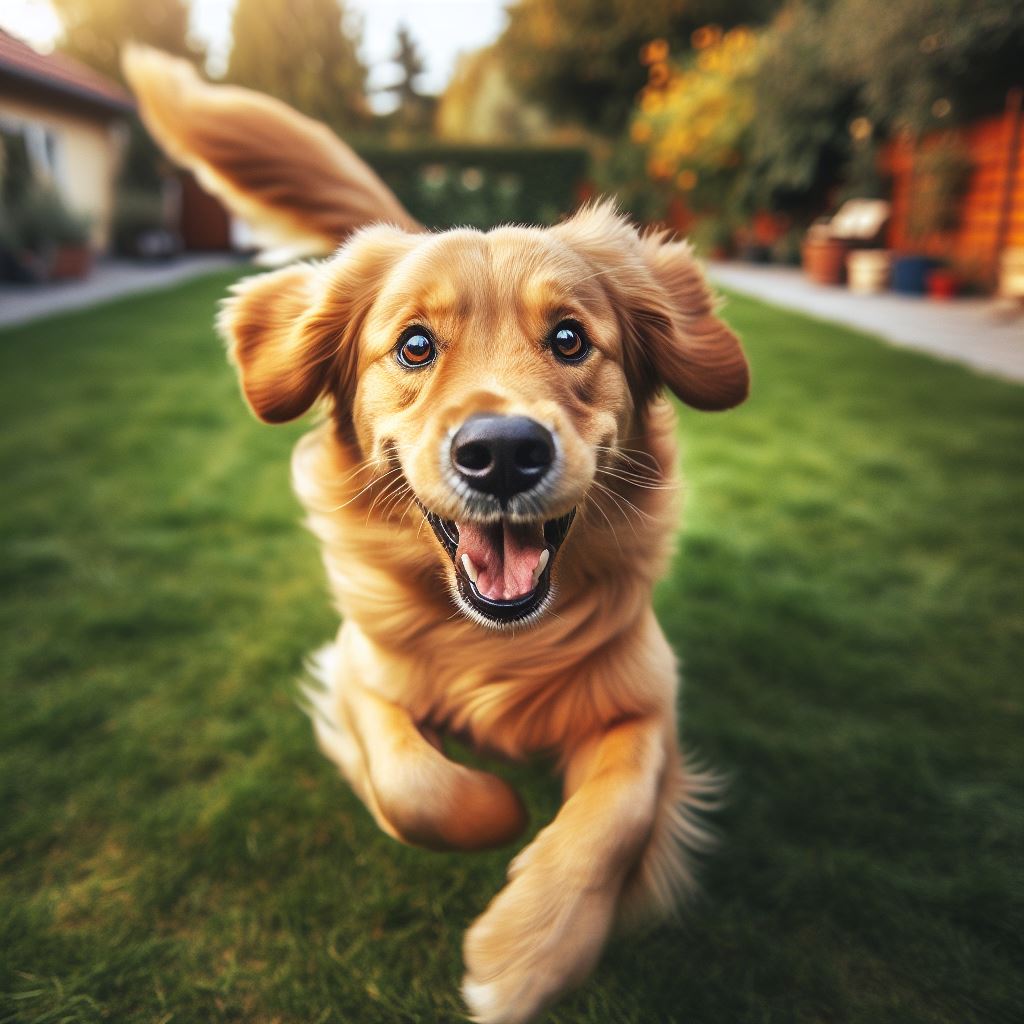In the realm of canine behavior, Canine Compulsive Disorder (CCD) mirrors human Obsessive-Compulsive Disorder (OCD), presenting as repetitive behaviors that can significantly impact a dog’s quality of life. While initially seeming benign, these behaviors can escalate into compulsive actions that interfere with daily activities. Below, we delve into the intricacies of CCD, exploring its signs, causes, impacts, treatment options, and tips for living with an afflicted dog.

Repetitive Behaviors:
Dogs exhibiting CCD often display repetitive behaviors, which, while initially innocuous, can escalate into problematic actions. Common signs include tail chasing, spinning, flank sucking (nibbling at the flank), excessive licking resulting in hair loss, pacing, and phobic behaviors driven by fear.
Not Always CCD:
It’s essential to note that these behaviors may stem from factors beyond CCD, such as boredom, anxiety, or underlying medical conditions. Consulting a veterinarian is crucial to rule out medical causes before attributing the behaviors solely to CCD.
Causes of CCD:
Several factors contribute to the development of CCD in dogs:
- Genetics: Certain breeds may be predisposed to CCD due to genetic factors.
- Learned Behaviors: Repetitive actions rewarded, directly or indirectly, can become ingrained habits over time.
- Underlying Medical Issues: Brain imbalances, hormonal disorders, or neurological conditions may also play a role in CCD development.
Impacts of CCD:
CCD can significantly affect a dog’s well-being:
- Stress and Anxiety: Compulsive behaviors induce stress and anxiety in dogs, compelling them to engage in repetitive actions.
- Self-Injury: Excessive licking or chewing can lead to wounds and infections, exacerbating the condition.
- Decreased Quality of Life: CCD interferes with a dog’s ability to enjoy regular activities like playing or going for walks, diminishing their overall quality of life.
Treatment Options:
Effective management of CCD involves a multi-faceted approach:
- Veterinarian Consultation: Seeking professional guidance is essential for accurate diagnosis and the formulation of a tailored treatment plan.
- Behavior Modification: Techniques like desensitization and counterconditioning help alleviate anxiety associated with compulsive behaviors by gradually exposing the dog to triggers and teaching alternative behaviors.
- Environmental Enrichment: Providing adequate mental and physical stimulation minimizes boredom, a potential trigger for compulsive behaviors.
- Medication: In severe cases, medication may complement behavioral therapy to manage underlying anxiety and stabilize mood.
Living With a Dog With CCD:
Navigating life with a dog affected by CCD requires patience and understanding:
- Patience and Consistency: Consistent implementation of treatment strategies is vital, as CCD doesn’t resolve overnight.
- Identify Triggers: Identifying triggers exacerbating compulsive behaviors enables proactive avoidance.
- Positive Reinforcement: Rewarding calm behavior and instances where the dog refrains from engaging in compulsive actions reinforces positive habits.
In Conclusion:
Canine Compulsive Disorder poses challenges for both dogs and their owners. By recognizing the signs, consulting with a veterinarian, and implementing a comprehensive treatment plan, it’s possible to help dogs manage their compulsions and lead happier, more fulfilling lives.
